Don’t you just love flying into Taranaki? As the plane prepared for touchdown at New Plymouth, I gazed longingly in awe of mighty Mt. Taranaki, and the volcanic ring plain that fans out across the region, punctuated with distinctive lahar mounds and a radial network of rushing rivers. From above, the wonderfully corrugated terrain of conical hills and its emerald-green fertile pasture offers a sure-fire insight into the power of volcanic forces. Huge volcanic avalanches have left much of Taranaki’s terrain looking bespeckled, like a teenager with acne.
Richly blessed with world-beating nature trails, my first dose of outdoorsy soft adventure was on New Plymouth’s universally feted Coastal Walkway, the envy of many a New Zealand town. It was the perfect balmy summer’s evening, and the shoreline trail was in hot demand, with hundreds of folk lustily embracing a twilight stroll.
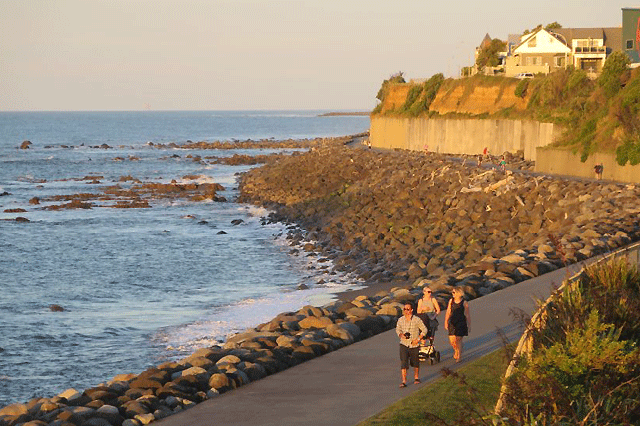
It sure is the place to be as the slanting light of day’s end gilds the shoreline in gold. The award-winning path which skims the Tasman Sea for 13km, not only offers celestial coastal vistas and world-class surf breaks, but is crowned with some compellingly large works of art. Keep walking north of the city to encounter dramatic new wave-like Te Rewa Rewa Bridge, while Len Lye’s iconic breeze-bending kinetic sculpture, the Wind Wand, remains a much-adored city landmark.
Directly across the road is Puke Ariki, Taranaki’s combined museum and library, a veritable store-house of local treasures and stories. Amongst the beautifully presented exhibits, it was Puke Ariki’s quintessential Kiwiana touches in the Heritage Collection that enchanted me.
Don’t miss the story of the Swanndri and its Taranaki roots, trademarked by a New Plymouth tailor, William Broome, as a bushman’s shirt in 1913. Coming from Christchurch, I’d always assumed the Swanndri was the pride of Timaru – but Puke Ariki has settled that score!
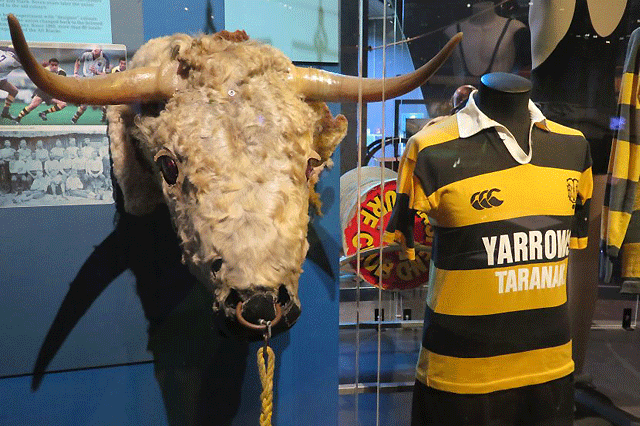
You can also pay your respects to Ferdinand the Bull, the tireless rugby team mascot, who clocking up 45 years of service, before he was honourably retired in 2002. He is now stuffed and proudly on display at Puke Ariki. An hour south of the city, on the outskirts of Hawera, take a side-trip to Tawhiti Museum. Every history buff I know considers it the best private museum in the country.
It is absolutely extraordinary with life-size exhibits, scale models, intricate figurines and highly detailed dioramas and displays, vividly depicting the richness and raw drama of Taranaki’s early history. (The life-size figures are actually created from moulds cast from real people – designed and constructed on-site in the Body Shop, as are all models.)

The wizardly powerhouse behind Tawhiti Museum is its owner and creator, Nigel Ogle, who’s been developing this magnificent heritage showcase over the past thirty years. Nigel describes the museum as “one big art project.”
It’s got its own bush railway and the latest innovation is the truly wondrous Traders and Whalers attraction. Weta Workshops deployed their technical expertise to help construct the artificial underground caverns.
The river boat ride through these caverns, clad in convincing lush bush and rocky coastal settings, glides you past compelling animated displays, graphically illustrating Taranaki life in the 1820s and 30s. Modelled on Disneyland’s iconic It’s a Small World attraction, this tour de force at Tawhiti Museum is a must-do.
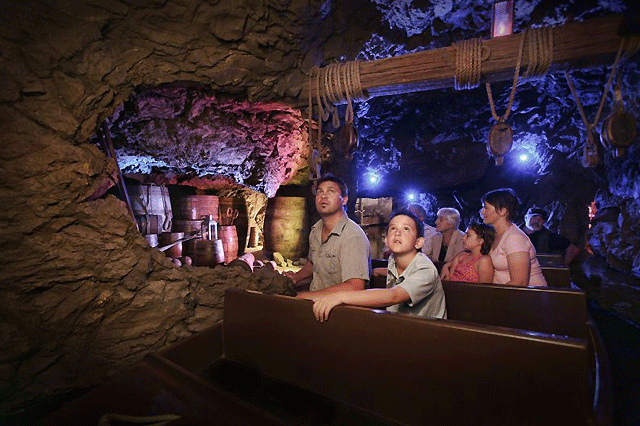
I was lucky to be in New Plymouth just in time to savour the tail end of the city’s annual illuminated extravaganza, the TSB Bank Festival of Lights. Stretching across the summer months, the verdant gorgeousness of Pukekura Park comes alive after dark with theatrical lighting installations and ingenious effects.
But even if you’re not in town at the right time of year to immerse yourself in this exuberant twinkling wonderland, every local I know reveres Pukekura Park for its recreational majesty. Stretching across 52 hectares, this inner-city paradise boasts exquisitely landscaped gardens and a staggering variety of native and exotic plant collections. Criss-crossed with walking trails, communing with nature and stretching the legs is a pleasure-filled pastime at Pukekura Park.
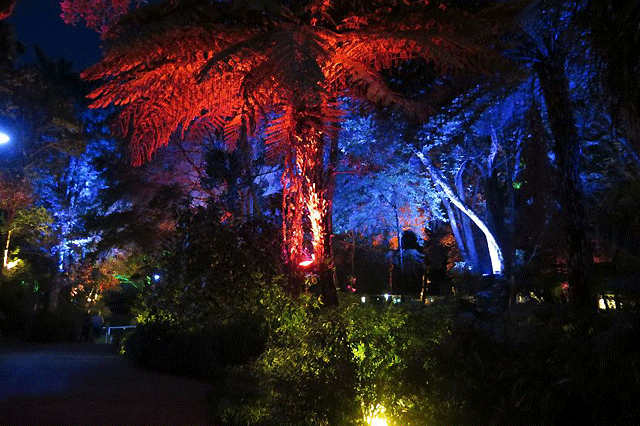
I also ventured to Te Kainga Marire, a remarkably intimate private garden which has been a life-long passion for Valda Poletti and Dave Clarkson. Warmly greeted by the delightful Valda and the equally personable family dog, it was a revelation to discover how over the course of forty years, Dave and Valda transformed a patch of clay in suburbia, into this spell-binding celebration of native botanical splendour.
The battle began in 1972, dealing to this half-acre clay wasteland of grass, gorse, and brambles. Meticulously planned native plantings, wrapped around the beautiful family home, were designed to encourage tui and other native bird species back to into suburbia. Within minutes of wandering through Valda’s harmonious masterpiece, I was engrossed by not just the leafy finery but the flutter of feathers and melodious birdsong.
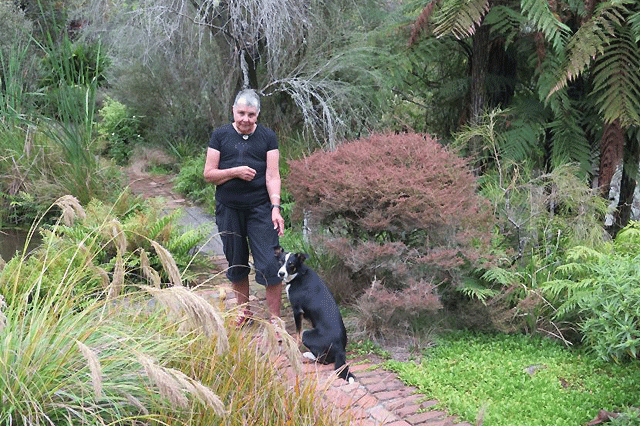
Opened to the public 25 years ago, Te Kainga Marire ( which translates as peaceful encampment) has been showered with accolades. It’s recognised as a Garden of International Significance by the NZ Garden Trust and took a starring role in the BBC’s Around the World in 80 Gardens documentary.
This unrelenting labour of love has produced a microcosm of New Zealand’s natural environment. This majestic tapestry of subtle texture and colour traverses lush ferns, hardy alpine plants, wetland gems and towering native trees. The fern-filled whare is a heart-stealer. Neighbouring the lovely Te Henui walkway, a coastal swamp forest and old pa site, the intimate garden weaves its way around the family home, with skilful tenderness. Book ahead for a hands-on, illuminating tour with Valda, who will treat you to billy tea and scones as well.
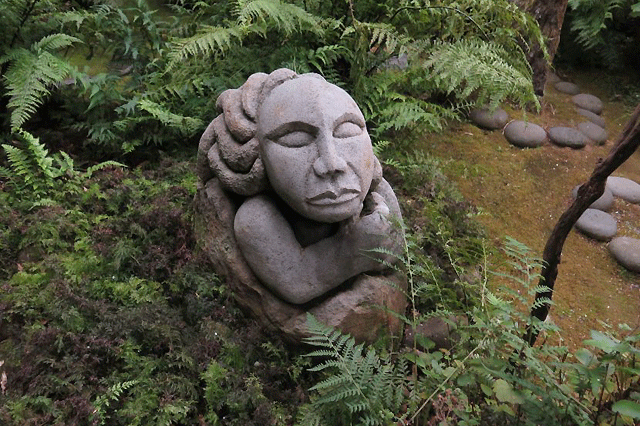
There are many ways and a multitude of tracks for those itching to tackle the majesty of Mount Taranaki, her lush forest and the lava cliffs of Egmont National Park. The quick-fire walking tracks through to Dawson Falls and Goblin Forest are family-favourites. For the extra-intrepid, the Pouakai Circuit is an enthralling 2-3 day tramping track. If you’re time-poor, take the one day distilled version with Top Guides, who offer an 8 hour wilderness adventure, up and across the mountain.
You’ll traverse open golden tussock, sub-alpine cedar forests, the Ahukawakawa Swamp, and be spoiled with catch-your-breath vistas of the coast and ring plain. But the biggest A scenic frisson waits you at the Pouakai Tarns, that serve up mirror reflections of the mighty cone-shaped peak.
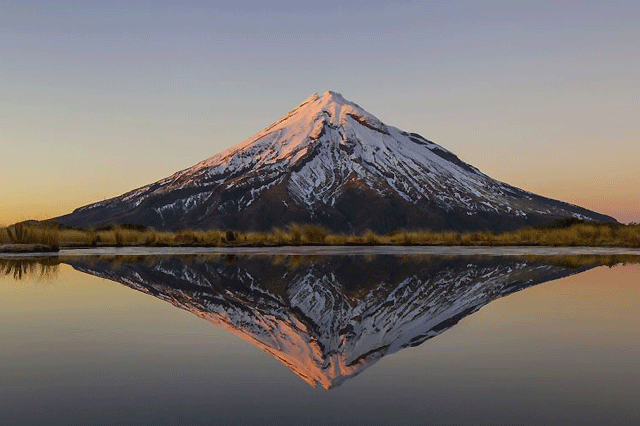
Even though it’s a mountain walk, it’s like the little sister of the Tongarairo Crossing. A moderate level of fitness will see you through, with a memory stick full of magical encounters. And it’s a pretty special place to watch the setting sun over Taranaki. www.doc.govt.nz/pouakai-crossing.

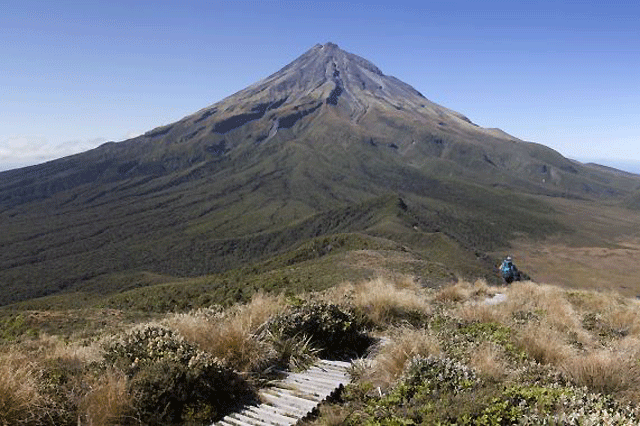
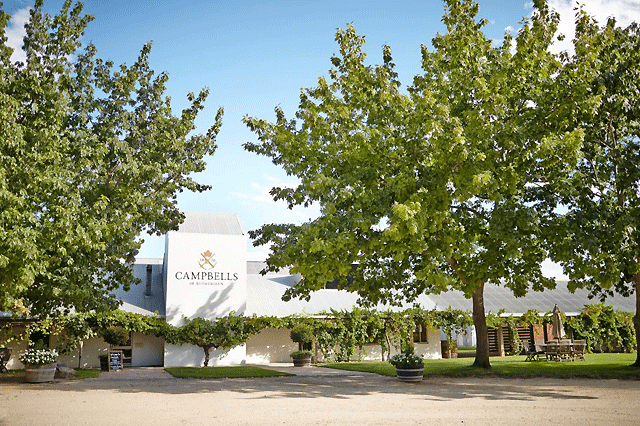
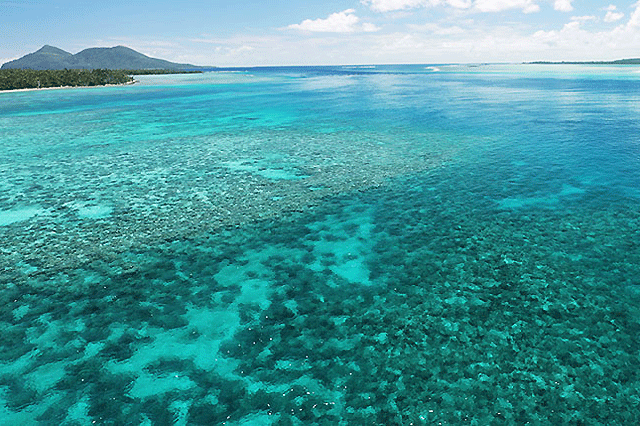
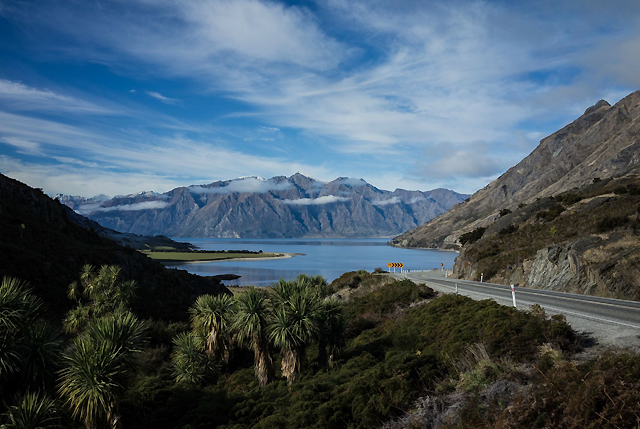
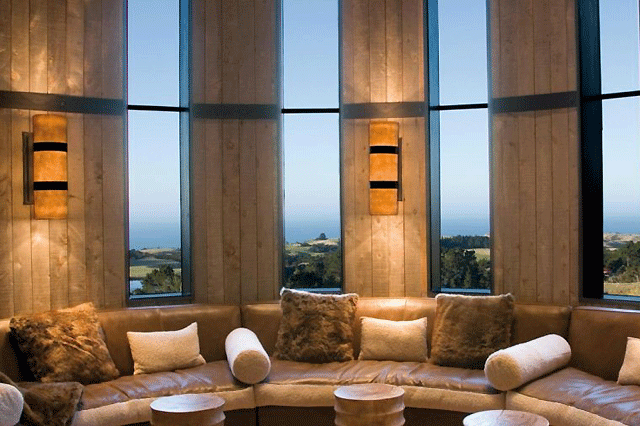
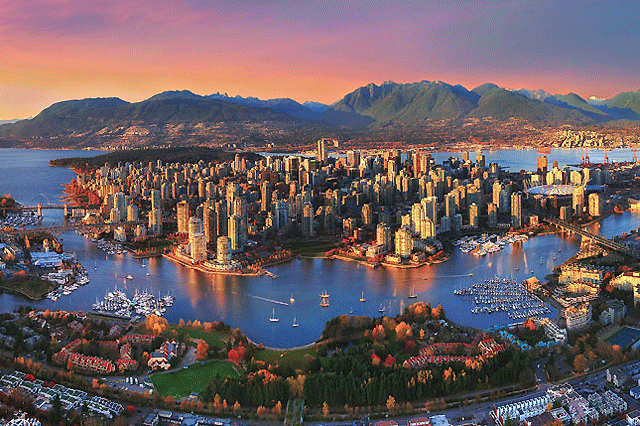

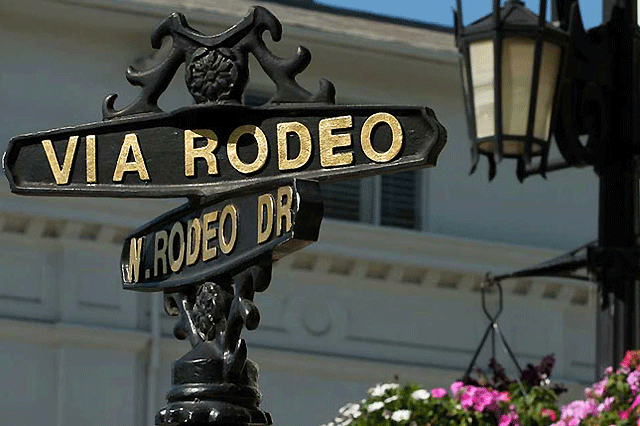


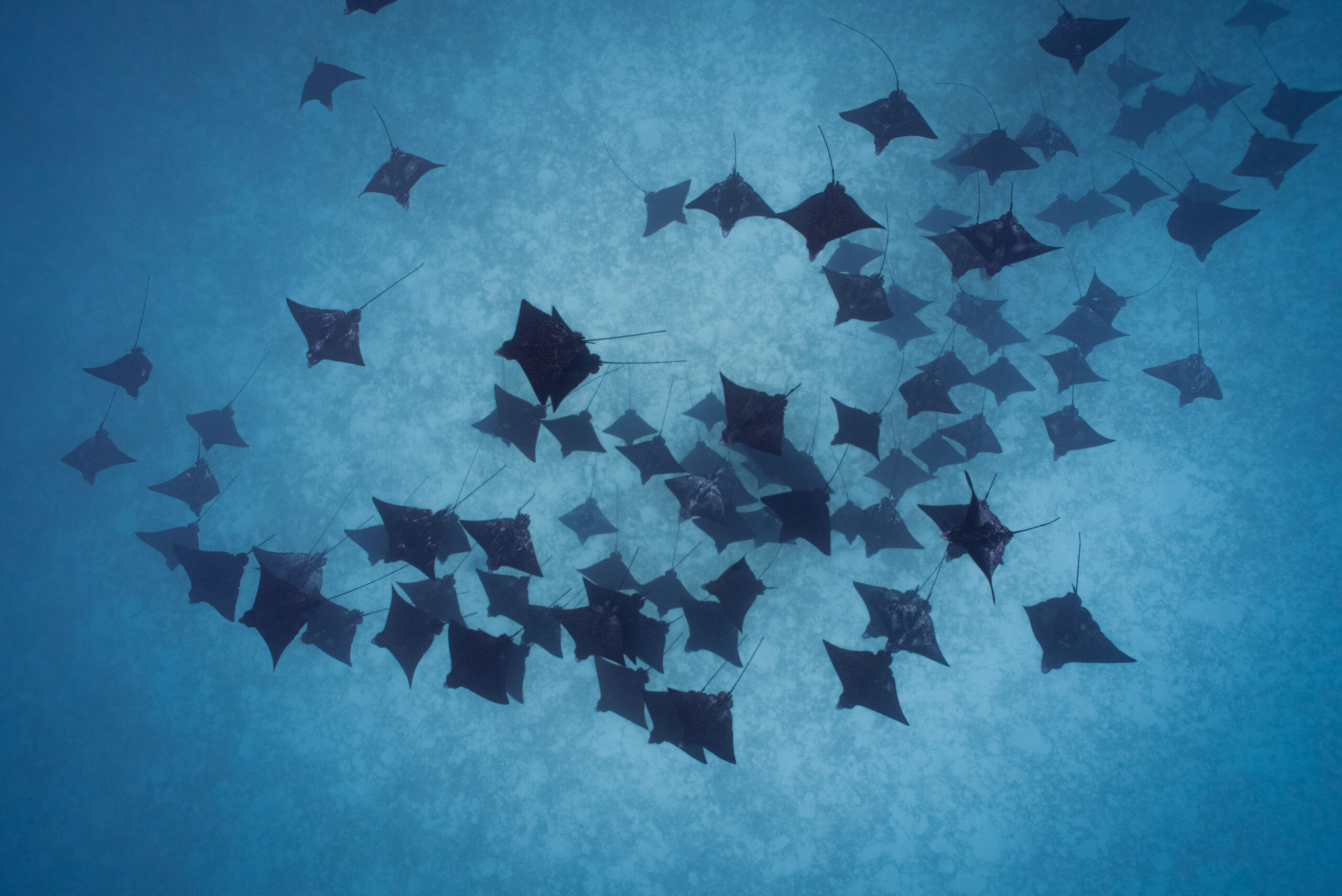

Recent Comments